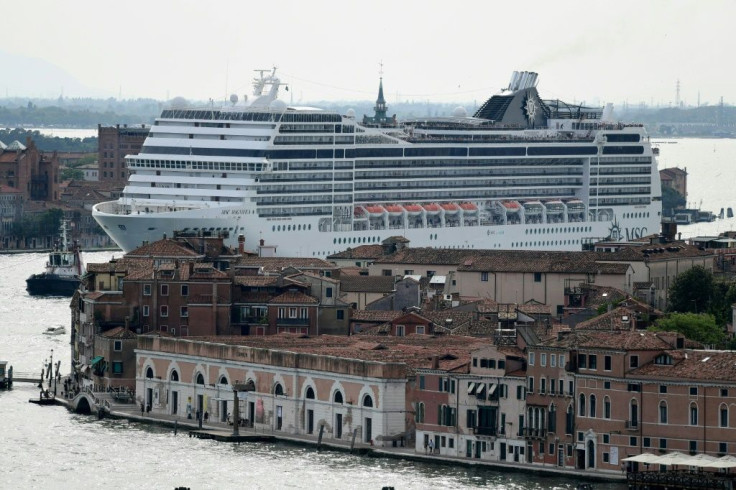No-Sail Cruise Ship Order Extended But Not As Long As CDC Head Redfield Wanted
KEY POINTS
- At least 3,689 people contracted coronavirus while aboard cruise ships and 41 died, the CDC said
- Cruise ships are more densely packed than most urban settings
- Recent data from foreign countries indicates cruise passengers still are at increased risk of contracting coronavirus despite mitigation efforts
The Centers for Disease Control and Prevention on Thursday extended its no-sail order for cruise ships through Oct. 31, coinciding with an industry-imposed hiatus adopted by the major cruise lines as a result of the coronavirus pandemic. CDC Director Robert Redfield had wanted the order extended through mid-February.
The order applies to cruise ships that carry at least 250 passengers and operate in U.S. waters. It comes ahead of a scheduled Friday meeting between industry representatives and administration officials.
“Cumulative surveillance data reported to CDC from March 1 through Sept. 29 show at least 3,689 COVID-19 or COVID-like illness cases on cruise ships in U.S. waters, in addition to at least 41 reported deaths. We recognize these numbers are likely incomplete and an underestimate,” the CDC said in a press release, adding that overseas data indicate that even with reduced capacity, cruise ship travel remains a major risk factor for transmitting the coronavirus.
Axios reported the White House rejected Redfield’s recommendation of an extension into February during a coronavirus task force meeting Tuesday. Early in the outbreak several ships were left stranded at sea with infected passengers as countries refused to allow them to dock, fearing spread of the contagion.
“Recent passenger voyages in foreign countries continue to have outbreaks, despite cruise ship operators having extensive health and safety protocols to prevent the transmission of SARS-CoV-2 on board and spread to communities where passengers disembark. When health and safety protocols were apparently observed, resuming passenger operations significantly burdened public health authorities by creating the need for additional SARS-CoV-2 testing, isolation of infected travelers, contact tracing, and quarantine of exposed people,” the CDC noted.
The extension deadline does not mean cruising will begin Nov. 1. Cruise lines still need to come up with effective mitigation protocols. The Healthy Sail group, which was formed by several major cruise lines, has recommended ships carry fewer passengers, enforce mask-wearing requirements and install improved air filtration systems.
“On cruise ships, passengers and crew share spaces that are more crowded than most urban settings. Data show that when only essential crew are on board, ongoing spread of SARS-CoV-2 still occurs. If unrestricted cruise ship passenger operations were permitted to resume, passengers and crew on board would be at increased risk of SARS-CoV-2 infection and those that work or travel on cruise ships would place substantial unnecessary risk on healthcare workers, port personnel and federal partners,” CDC said.
The cruise industry contributed nearly $53 billion to the U.S. economy in 2018, carrying some 26 million passengers and generating 421,711 jobs, the Cruise Lines International Association reported.

© Copyright IBTimes 2024. All rights reserved.




















